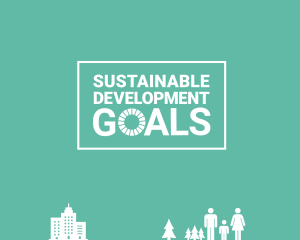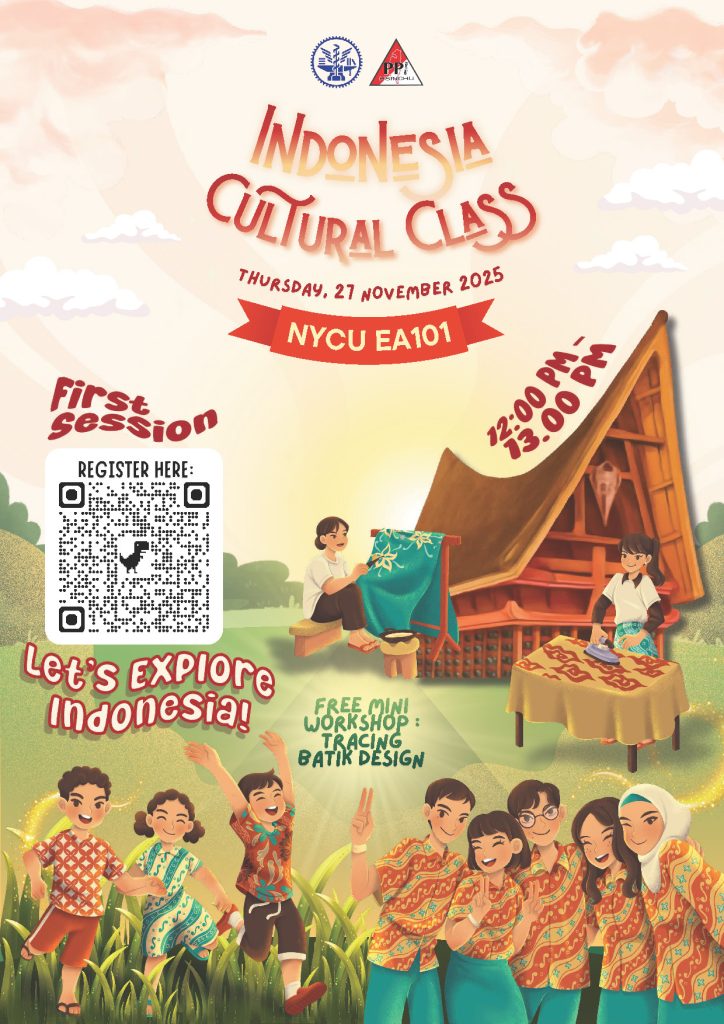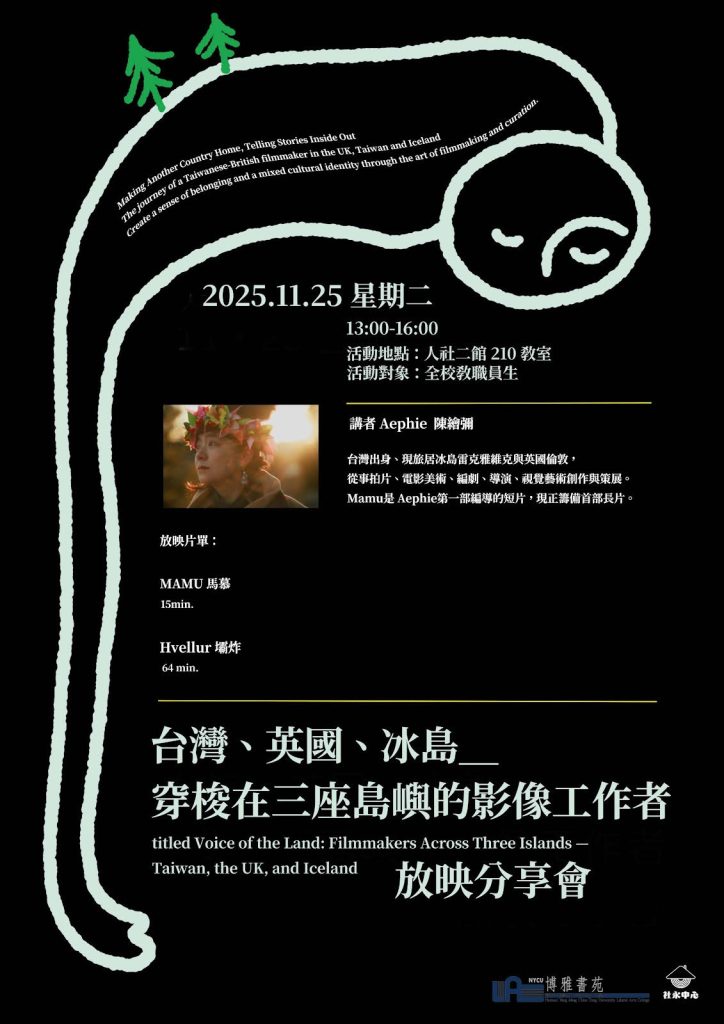Can you imagine capturing precise gait and motion data with just a few cameras without wearable sensors? National Yang Ming Chiao Tung University (NYCU) is making this groundbreaking vision a reality.
A collaborative team from Taipei Veterans General Hospital (TVGH), the Institute for Information Industry (III), and NYCU announced on February 19 the successful development of an AI-powered markerless motion capture system. The technology can analyze subtle body movements by observing patients walking just five meters, allowing for early detection of neurodegenerative diseases and marking a significant advance in precision medicine.
Study Takes Top Honors at SEMBA 2025
“Traditional motion capture systems require expensive equipment and specialized spaces, limiting their practical applications,” says Dr. Chao-Hung Kuo from TVGH’s Division of Neural Regeneration and Repair. The new lightweight system, developed under the Dean of the College of Life Sciences Cheng-Chang Lien and Professor of Biomedical Engineering Department You-Yin Chen’s team, eliminates the need for sensors or markers while precisely capturing 3D joint positions and analyzing minute movement differences.
To validate the system’s effectiveness in kinematic analysis, the NYCU research team collaborated with TVGH’s Neurological Medicine Center, integrating electroencephalography (EEG) and electromyography (EMG) signals to further explore gait control mechanisms. Their study, titled Spatiotemporal Cortical-Muscle Synergy in Gait Cycle, won first place at the 2025 Symposium on Engineering, Medicine & Biomedical Applications (SEMBA 2025). The study provides unprecedented insights into the central nervous system and muscle coordination, underscoring the system’s pioneering potential.
AI Gait Recognition Helps Restore Patients’ Walking Ability
Dr. Shuu-Jiun Wang, Dean of the College of Medicine at NYCU and Deputy Superintendent of TVGH, explains that different neurological diseases present distinct gait characteristics. “While diagnosis previously relied heavily on physicians’ experience, this new quantitative approach allows for automated analysis as soon as patients enter the clinic,” he says.
The system’s precision has already proved valuable in clinical settings. Cheng-Hung Tsai, Section Chief of the Software Technology Institute at III, shared a case where the system correctly determined that a patient diagnosed with leg length discrepancy actually had normal leg lengths, preventing unnecessary orthotic intervention.
According to TVGH statistics, Taiwan records 4,000 to 5,000 cases of varying degrees of spinal cord injuries annually due to disease or trauma. The AI Markerless Motion Capture System, combined with exoskeleton equipment, offers hope for mobility-impaired patients by providing precise analysis and optimal support for rehabilitation.
The breakthrough represents a significant step forward in the early detection and treatment of neurological disorders, making sophisticated motion analysis more accessible and accurate than ever before.




